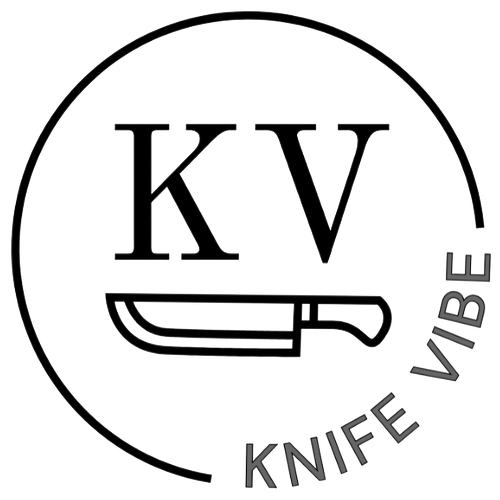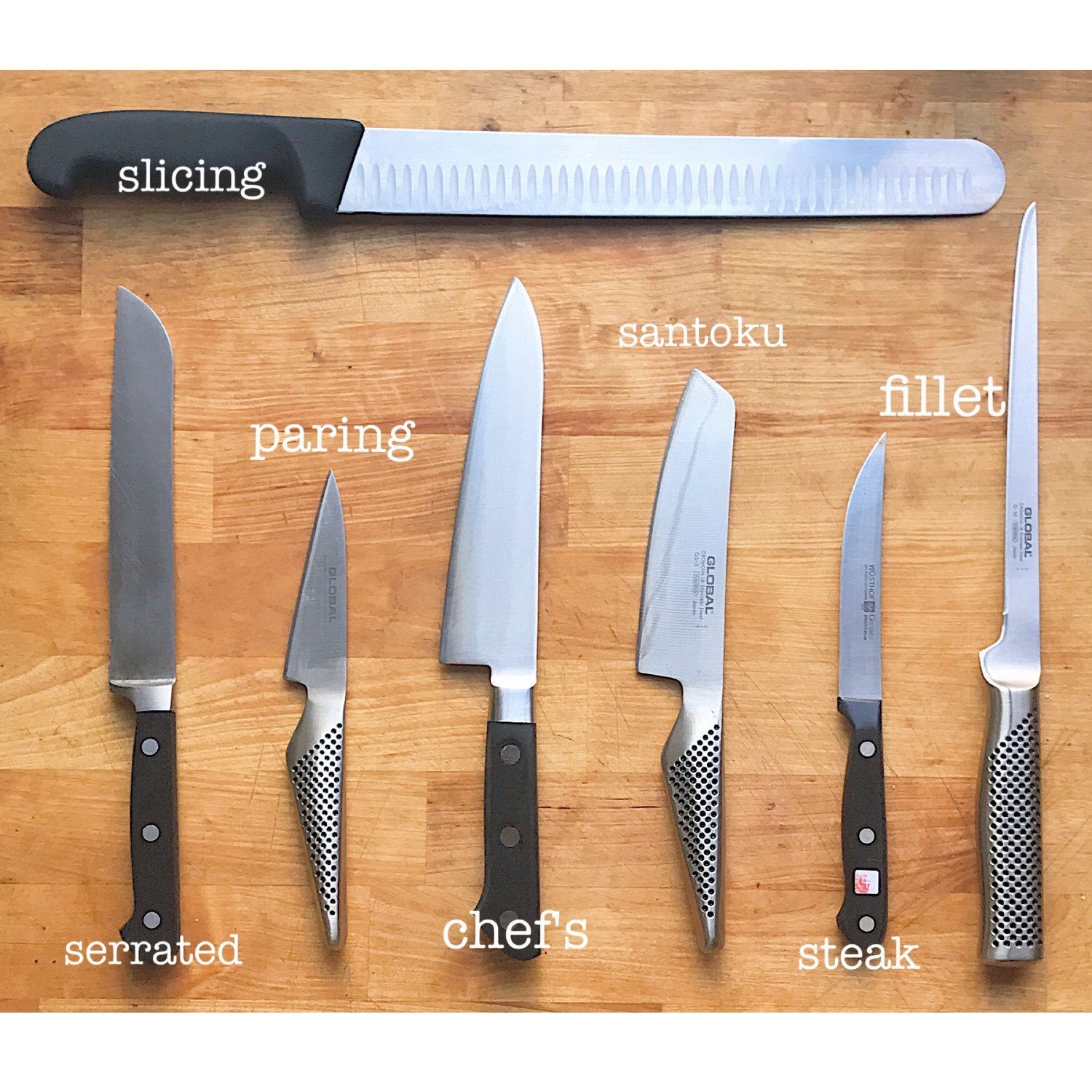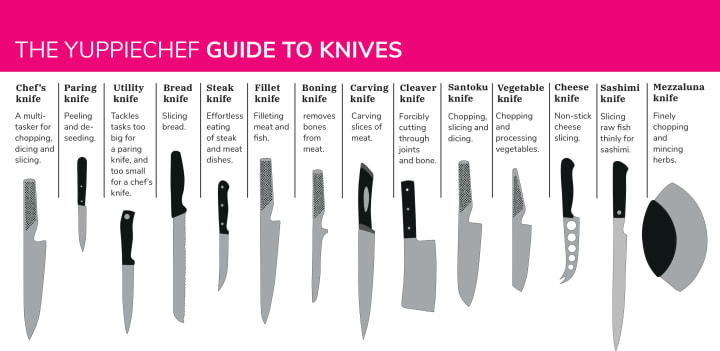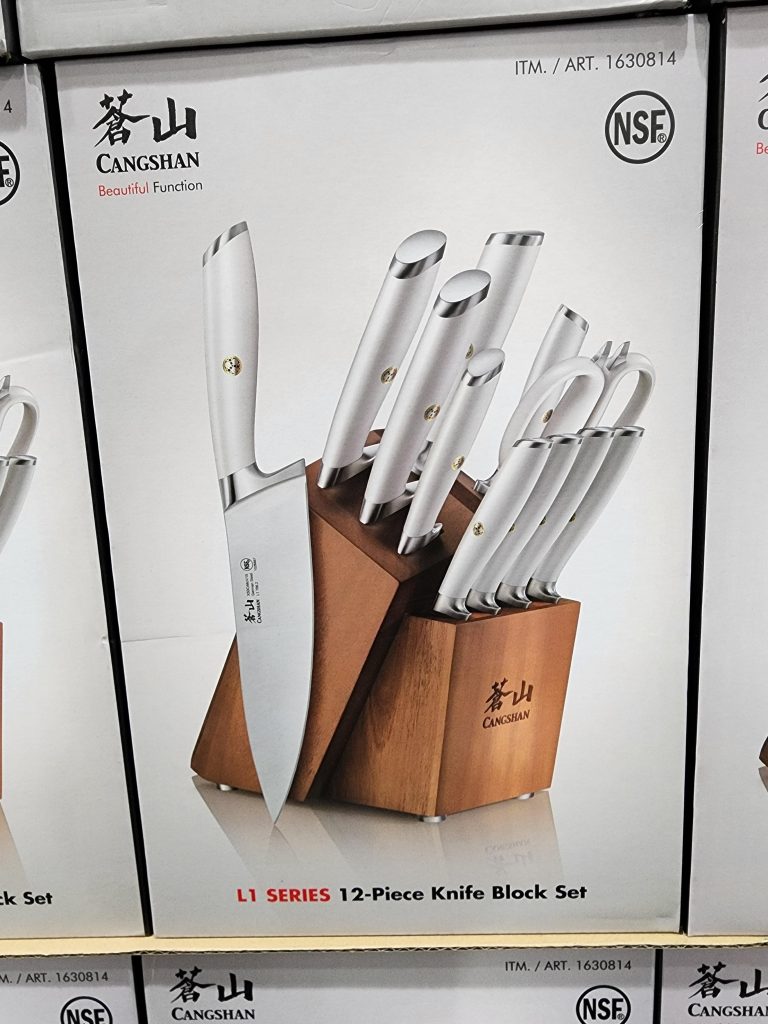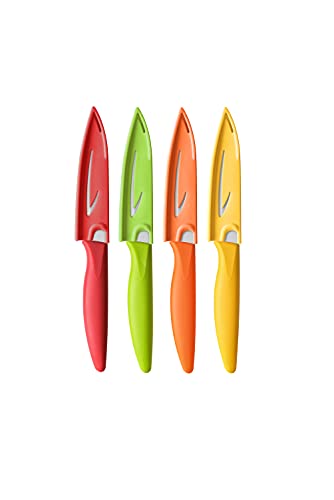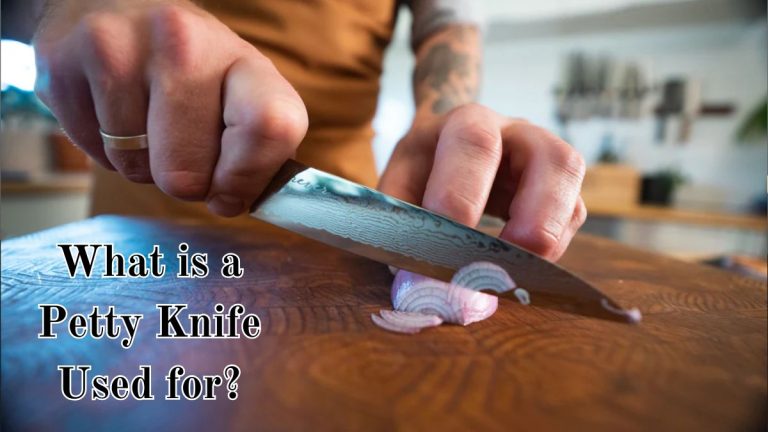Paring Knife Vs Chef Knife: Which is Best for Your Kitchen?
When it comes to kitchen tools, the right knife matters. Two of the most essential knives are the paring knife and the chef knife.
Both knives serve different purposes and excel in their own areas. The paring knife is small and precise, perfect for detailed tasks. The chef knife, larger and versatile, handles a wide range of kitchen duties. Understanding their differences can help you choose the right tool for your cooking needs.
In this comparison, we will explore the unique features, uses, and advantages of each knife. Whether you are a home cook or a professional chef, knowing which knife to use can make your kitchen work easier and more efficient. Let’s dive into the world of paring knives and chef knives.
Paring Knife Basics
Understanding the basics of a paring knife can improve your kitchen skills. This small but mighty tool is essential for many tasks. Whether you’re peeling fruits or slicing vegetables, a paring knife is a must-have.
Features Of A Paring Knife
A paring knife usually has a blade length of 3 to 4 inches. This short blade allows for precise control. The blade is often straight and pointed, making it perfect for detailed work. Most paring knives are lightweight, which reduces hand fatigue during use. The handle is designed for comfort and a secure grip.
Common Uses
Paring knives are ideal for peeling and slicing small fruits and vegetables. They excel at tasks requiring precision, such as deveining shrimp or removing seeds. You can use them for intricate cuts, like garnishing or creating decorative food pieces. This knife is also great for trimming fat from meat or cutting small pieces of cheese. Its versatility makes it a staple in any kitchen.
Chef Knife Basics
The chef knife is a versatile tool in any kitchen. Its design helps with a variety of tasks. This knife is a must-have for many cooking enthusiasts. Let’s explore the key features and common uses of the chef knife.
Features Of A Chef Knife
The chef knife usually measures between 8 to 10 inches. It has a broad blade that tapers to a point. The curve of the blade allows for a rocking motion. This helps with chopping and slicing. The blade is often made from high-carbon stainless steel. This material keeps the blade sharp and durable. The handle is designed for a comfortable grip. This reduces strain during prolonged use.
Common Uses
The chef knife is perfect for chopping vegetables. It makes quick work of onions, carrots, and peppers. It’s also great for slicing meat. Whether cutting chicken breasts or steak, it delivers clean cuts. The chef knife can mince garlic and herbs with ease. Its broad blade can also crush garlic cloves. This versatility makes it a favorite in many kitchens.
Material And Construction
Choosing the right knife involves understanding its material and construction. The blade and handle materials impact performance and durability. Let’s explore the differences between paring knives and chef knives.
Blade Materials
Blades of both knives come from various materials. Stainless steel is common. It resists rust and stays sharp longer. High-carbon steel is another option. It provides excellent sharpness but needs more care.
Ceramic blades are also used. They stay sharp but can break easily. Paring knives usually have thinner blades. This is for precision tasks. Chef knives have thicker blades. They handle tougher jobs better.
Handle Construction
Handles differ in materials too. Wood handles offer a comfortable grip. They look classic but need extra care. Plastic handles are lightweight and easy to maintain. They are less attractive.
Composite handles mix materials for balance and durability. Full tang construction is important. It means the blade extends through the handle. This provides better control and strength. Both paring and chef knives benefit from full tang handles.
Bolsters are also important. They add balance and protect fingers. Chef knives often have larger bolsters. This is because they handle heavier tasks. Paring knives may have smaller or no bolsters.
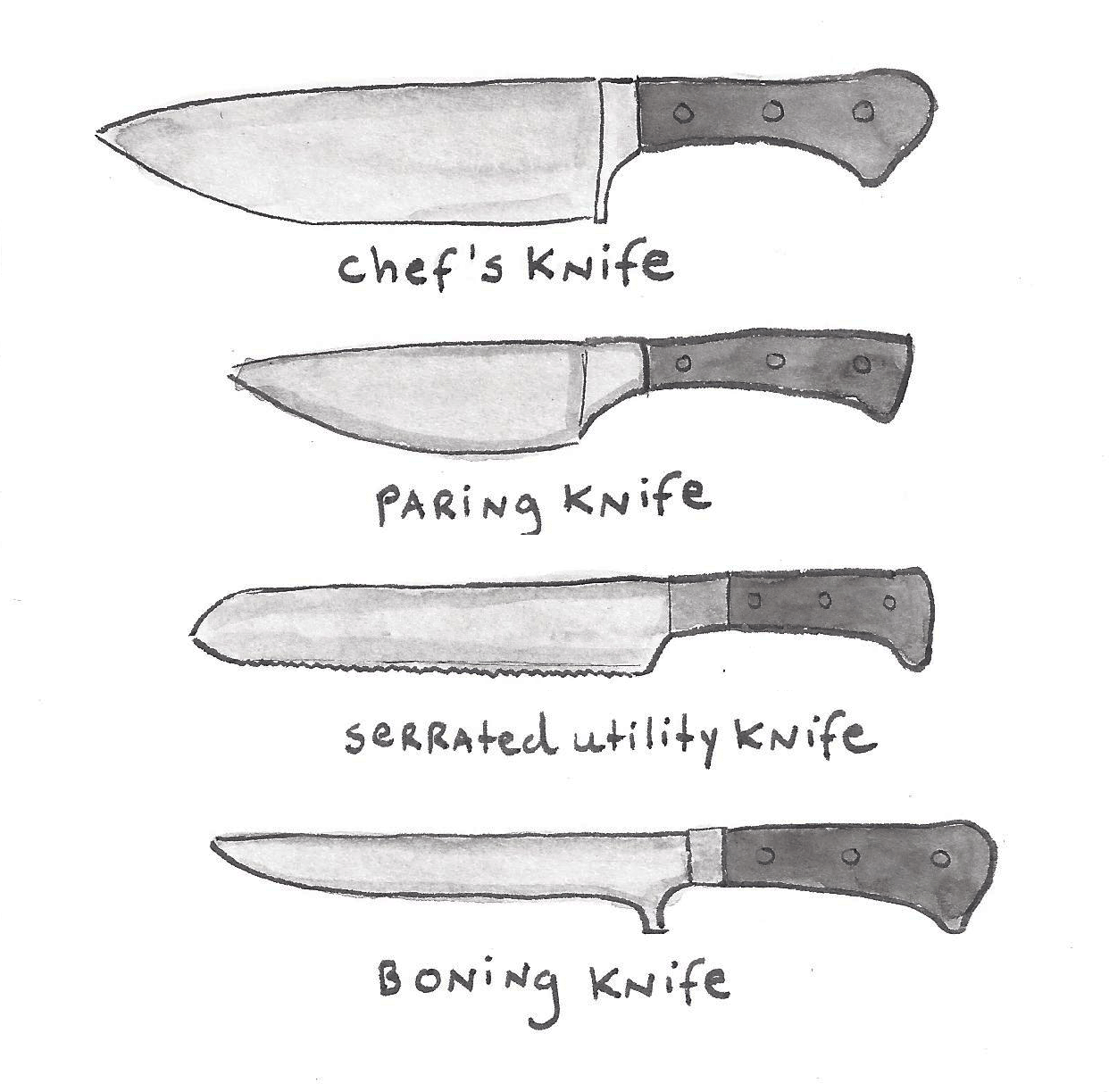
Credit: www.craftsy.com
Performance Comparison
Choosing between a paring knife and a chef knife depends on their performance in different tasks. Each knife excels in specific areas. This section explores their performance comparison in terms of precision, control, versatility, and efficiency.
Precision And Control
The paring knife is known for its precision and control. It is small and lightweight, making it perfect for tasks that require accuracy. Think of peeling fruits or deveining shrimp. The paring knife allows for precise cuts.
The chef knife, on the other hand, has a larger blade. It offers a different kind of control. This knife is better for chopping and slicing larger items. Its weight helps in smooth, consistent cuts. But it might not be as precise for detailed work.
Versatility And Efficiency
A chef knife is highly versatile. It can handle a range of tasks from chopping vegetables to slicing meat. Its broad blade makes it efficient for large-scale cutting.
The paring knife, while less versatile, excels in specific tasks. Its small size makes it ideal for detailed work. But it may not be efficient for larger tasks.
| Aspect | Paring Knife | Chef Knife |
|---|---|---|
| Precision | High | Moderate |
| Control | High | Good |
| Versatility | Low | High |
| Efficiency | Moderate | High |
Understanding the strengths of each knife can help in choosing the right tool for the task.
Ease Of Maintenance
Maintaining kitchen knives is essential for their longevity and performance. Both paring knives and chef knives have their specific maintenance needs. Understanding these will help keep your knives in top condition.
Sharpening Techniques
Sharpening a paring knife is straightforward. A simple manual or electric sharpener works well. The small blade size makes it easy to manage.
Chef knives require more attention. Their larger blade can be sharpened using a whetstone or a honing rod. This ensures a precise edge.
Regular sharpening keeps both knives effective. It also extends their lifespan.
Cleaning And Storage
Hand wash paring knives with mild soap. Avoid dishwashers, as they can dull the blade. Dry immediately to prevent rust.
Chef knives also need hand washing. Use a soft cloth to clean and dry them. This prevents moisture damage.
Proper storage is crucial. Use a knife block, magnetic strip, or blade guard. This keeps both paring and chef knives safe and sharp.
Regular maintenance ensures your knives remain reliable. It makes your kitchen tasks easier and more enjoyable.
Safety Considerations
Understanding the differences between a paring knife and a chef knife is crucial for safe kitchen practices. Safety should always come first when using any knife. Knowing how to handle each type of knife properly can prevent accidents and injuries.
Proper Handling
Proper handling of a paring knife and a chef knife is essential. Each knife requires a different grip and technique.
- Paring Knife: Hold the handle firmly with your dominant hand. Use your other hand to guide the food item. Keep fingers away from the blade.
- Chef Knife: Grip the handle with your thumb and index finger. Wrap the other fingers around the handle. The pinch grip offers better control and precision.
Preventing Accidents
Preventing accidents involves being mindful of your surroundings and knife storage.
- Keep knives sharp: Dull knives require more force and can slip, causing injuries.
- Use cutting boards: Always cut on a stable surface. Avoid using plates or countertops.
- Store knives safely: Use a knife block, magnetic strip, or sheath. Avoid leaving knives in drawers or sinks.
- Focus while cutting: Avoid distractions. Pay attention to your cutting technique.
Both paring and chef knives are essential kitchen tools. Proper handling and accident prevention ensure a safe cooking experience.
Making The Right Choice
Choosing between a paring knife and a chef knife depends on the task. Paring knives excel at precision work like peeling fruits. Chef knives handle broader tasks, including slicing and chopping vegetables and meats.
Choosing between a paring knife and a chef knife can be tricky. Both knives serve different purposes. Knowing which to use can improve your cooking. Let’s explore how to make the right choice.Assessing Your Needs
First, think about what you cook most often. A paring knife is small and precise. It’s great for peeling and trimming fruits and vegetables. If you often do detailed work, a paring knife is useful. A chef knife is versatile. It can chop, slice, and dice. If you prepare large meals, a chef knife is essential. It’s good for cutting meat, chopping herbs, and slicing vegetables.Budget And Preferences
Your budget will also guide your choice. Paring knives are often cheaper. They are a good starting point for beginners. Chef knives can be more expensive. Investing in a good chef knife can be worthwhile. Consider how often you cook and your skill level. Personal preference matters too. Some prefer the control of a paring knife. Others like the power of a chef knife. Try holding both to see which feels better in your hand. Remember to maintain your knives. Sharpen them regularly for best performance. “`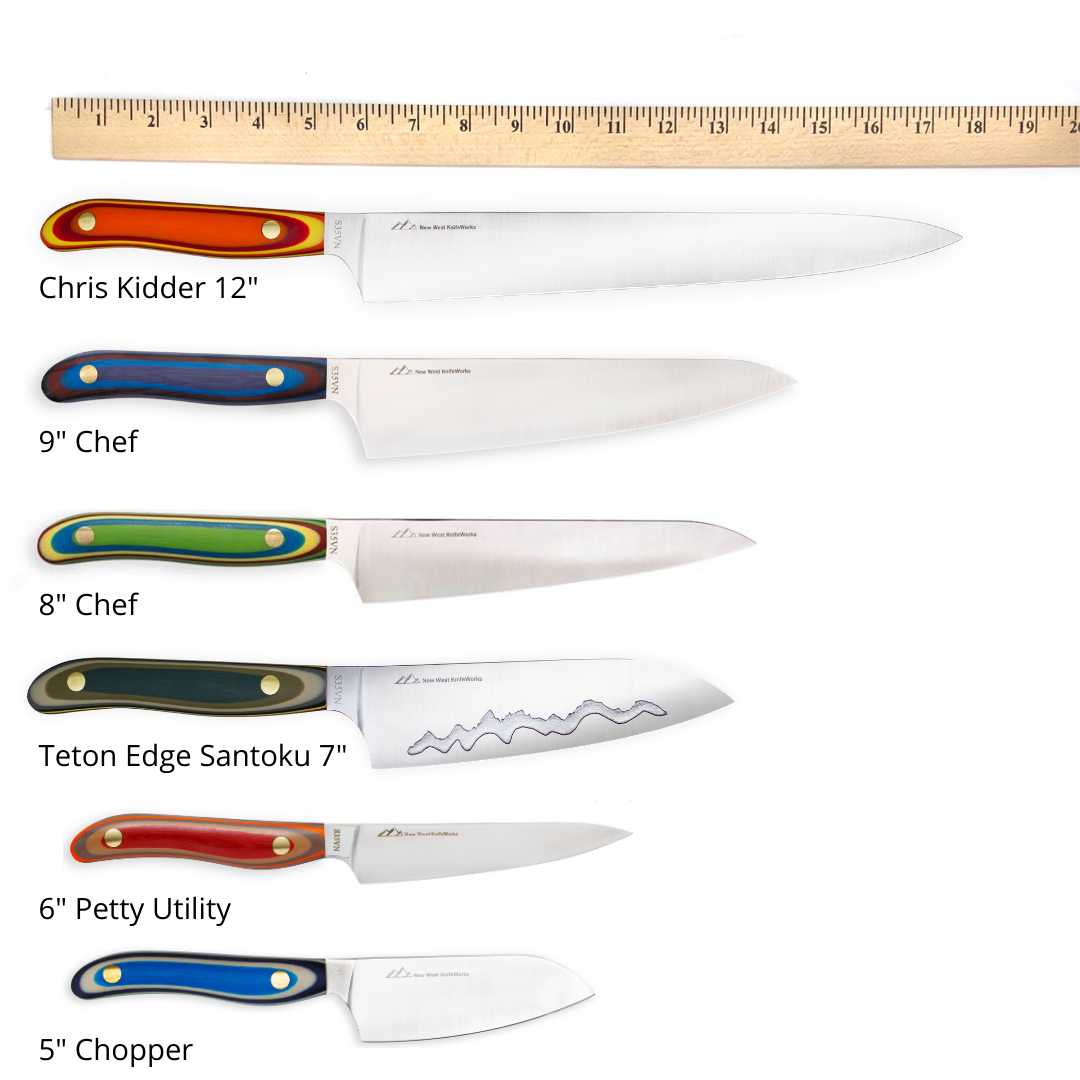
Credit: www.newwestknifeworks.com

Credit: finoak.com
Frequently Asked Questions
What Is A Paring Knife Used For?
A paring knife is ideal for tasks that require precision. It is perfect for peeling, trimming, and intricate cutting.
Can A Paring Knife Replace A Chef Knife?
No, a paring knife cannot replace a chef knife. They serve different purposes in the kitchen.
What Are The Differences Between Paring And Chef Knives?
Paring knives are small and precise. Chef knives are larger and versatile, suitable for chopping, slicing, and dicing.
Which Knife Is Better For Peeling Vegetables?
A paring knife is better for peeling vegetables. Its small size allows for more control and precision.
Conclusion
Choosing between a paring knife and a chef knife depends on your needs. Paring knives excel at detailed tasks. Chef knives handle larger cutting jobs. Both are essential in a kitchen. Understand their uses and benefits. This helps you cook with ease and precision.
Invest in quality knives. They make food preparation simpler and more enjoyable. Happy cooking!
